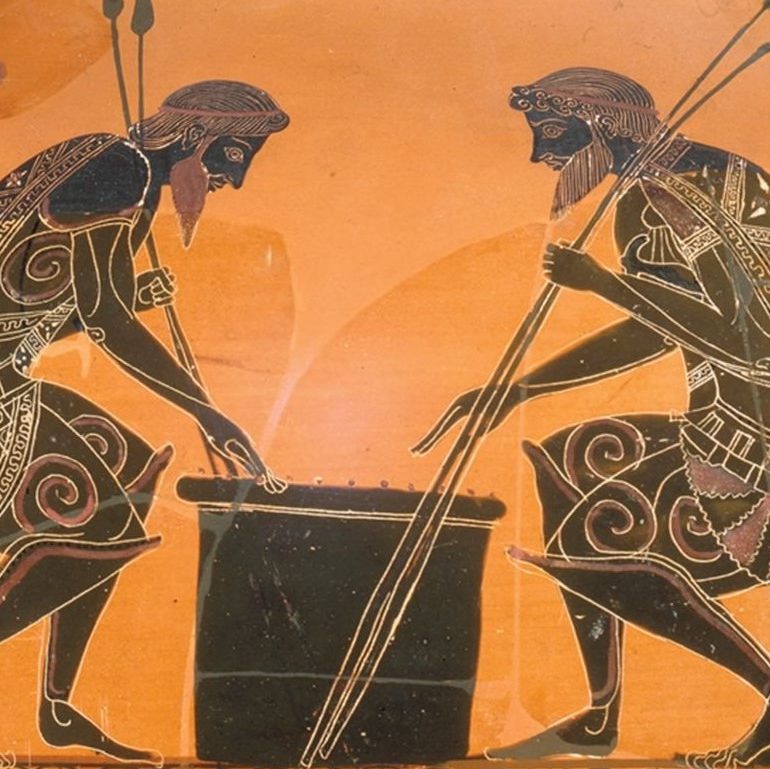(The last of my ten works of poetry, essay, creative nonfiction and documentary journalism in the inaugural issue of Footnote is “Bordello Rooms.” Its ending offers a basis for understanding its closing placement, but its beginning offers a different explanation, for why I choose it to introduce the series of excerpts I will be offering here on the blog.)

Bordello Rooms
The way I do it is I stand in the middle. I’ve done it all over the world. I stand in the midst of an historic environ, and I conjure. I go to museums. I eat in the restaurants. I sit in the squares and inhale, with the lift of a hand to my nose, the daily life. I seek the raw or gentle splendor of nature. But my true destination, in all my travels, is the past. I seek the literary Paris of the Twenties in old-world cobblestones, or that of the Revolution layers deeper. In Saint-Remy-de-Provence, it is the path of Van Gogh’s painting I follow, and again, though they were hidden from him, the ruins of ancient Glanum many levels below. I imagine, thirty years on, the youthful death fortune withheld from me in the Mekong Delta. I follow the flight of Depression migrants along Route 66. And I make pilgrimage, after his death, to the Ukrainian shtetl of my father’s birth, near the medieval city of Kaminets-Podolsk.
There is even a photo by Julia (my significant other, or SO, we call her; I’m her SOB) entitled “Capturing Jay’s Imagination.”
It was our first night in Vienna, and we were walking without guidance when we stumbled upon the Hofburg Palace, on the entrance, in fact, to what had been the private apartments of the royal family. Immediately my imagination set to work, figuring before my eyes the horse-drawn carriages that once would have swept into the outdoor entrance rotunda to deposit their royal Ärsche home. No sooner had I voiced this imagining to Julia but I was forced back by those nearly selfsame carriages (though Julia stood ground with her camera) delivering more modern derrieres to what turned out to be a charity event.
If only for an instant, in ignorance of the details, I had made it so. I had paddled back against the current of loss.
This time I’m in the Arizona desert, gazing at the landscape as the dogs chase rabbits and roadrunners around me. My back is turned to Highway 80, to RVs and the other signs of post-nineteenth-century life, though they are not plentiful. Before me, almost all round me, is an empty, sweeping, sometimes rolling expanse ringed by a moonscape of mountains. It startles me with its beauty. I hadn’t expected it. I’m only a mile from Tombstone.
And I conjure. It is easy enough to see – Doc Holiday or the Clantons, ghost-like, riding their horses through the brush, over the shallow gullies. Like a slow superimposition in a film, I can draw out of the atmosphere Wyatt Earp and Josie Marcus – the Jewish prostitute who was his third and final wife, of over forty years – talking by a bush as he woos her away from Sheriff Johnny Behan. What I imagine once more, probably more miraculously than anything else, is the notion that these people and the moments of their lives – because they have become so legendary – continue to occupy some alternate dimension of the coordinates that surround me. As if every period of time – every instant – continues to occur in some fractional off-frame, a parallel universe just a little invisibly, dimensionally beyond sensory apprehension. Until I conjure. And then I envisage that Earp and Marcus, in clandestine conversation in the desert in 1881, are an event somehow more concrete than my own occupation of that space, standing there in all my mundaneness in the desert of today, an experience the ephemeralness of which I exhale with every breath….
For the remainder of the essay and all of the fine work by many authors at various stages of being given up to history, order your copy of Footnote: a Literary Journal of History.
Complete DRM-Free Digital Package $5.99
(PDF, Mobi, ePUB, & jacket art)
Related articles




1 thought on “From FOOTNOTE 1: “Bordello Rooms” (excerpt)”